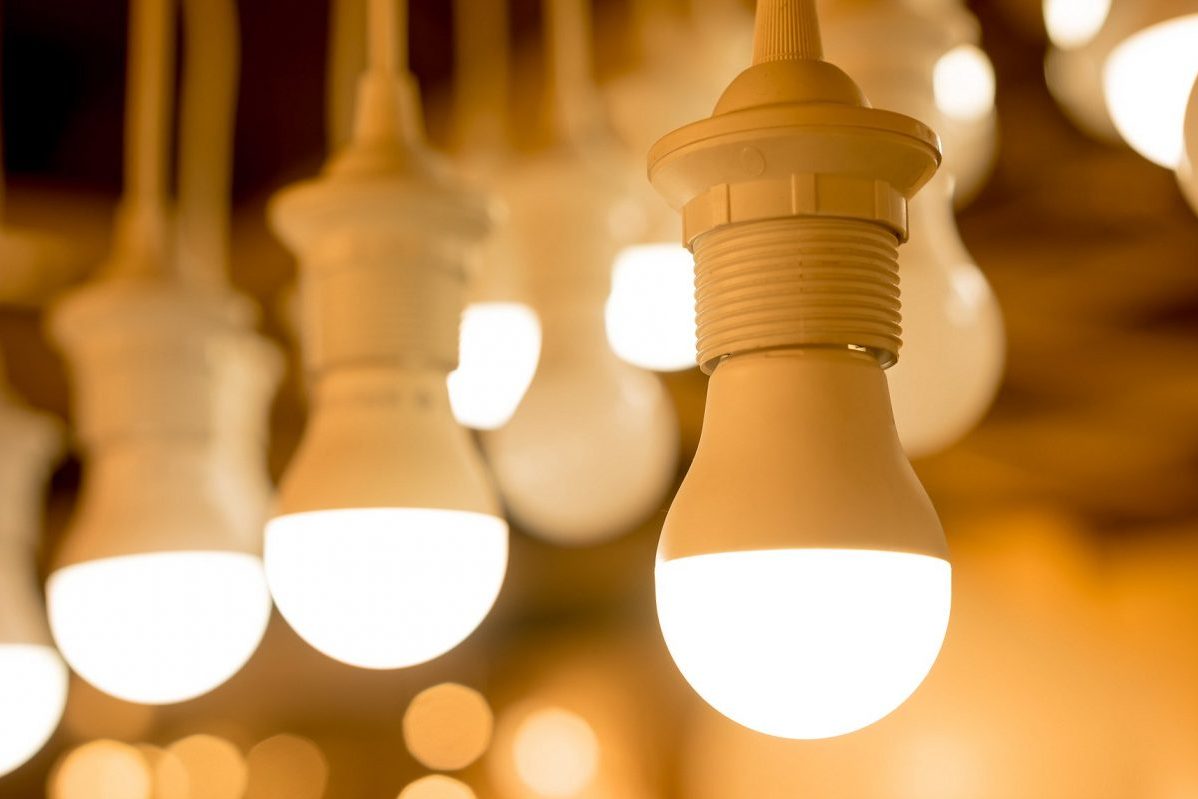For many people living in major cities, preserving energy has been a difficult goal. People require energy for anything in their homes; it is one of the hallmarks of contemporary life and comfort.
Energy consumption can be classified in a variety of ways, the most common of which is the final product. You can also divide energy among end-users. Here are some substantial samples to get it done:
1. Energy consumption in the residential settings
This energy consumption category accounts for around 40% of global energy consumption. Some examples include watching television, doing laundry, lighting the house, having a bath, remote work on your computer, running devices, and cooking.
However, the energy wasted on electric consumption in homes is probably the highest globally. This can be attributed to the public’s lack of knowledge on how to preserve the energy they consume. Most users are unaware that there are technologies available to assist them in reducing their energy consumption.

2. Energy for commercial purposes
Commercial energy usage comprises cooling and heating of commercial buildings and power needed by businesses and companies within our cities for desktops, workstations, and office equipment, to mention a few.
The energy applications in the business sector differ from those in the residential space. Here, energy conservation requires the active adoption of green alternative energy campaigns by participants in the energy conservation field to control the waste habit common in the workplaces.
3. Transportation
Transportation is entirely energy-dependent. According to the latest data from the experts and energy departments worldwide, the sector consumes more than 70% of all petroleum.
The transportation sector may play a critical role in the global effort to conserve energy. Improvements such as the adoption of more fuel-efficient automobiles and researching alternative energy sources for the transportation system can significantly contribute to energy savings.

